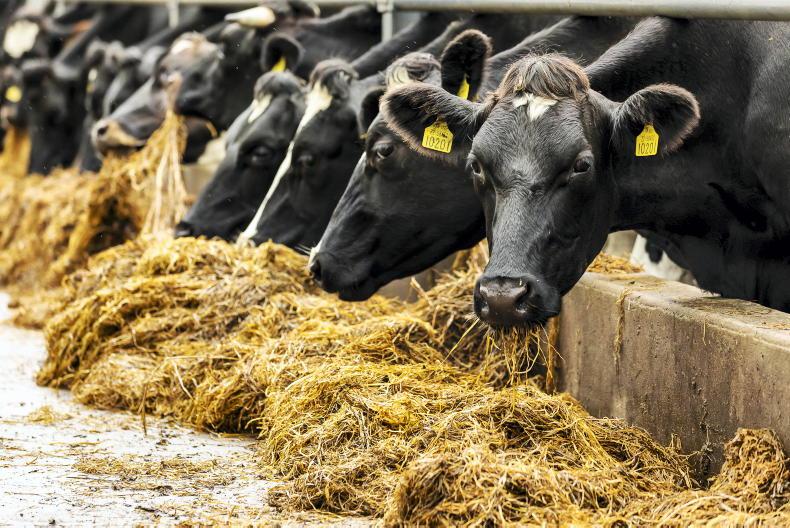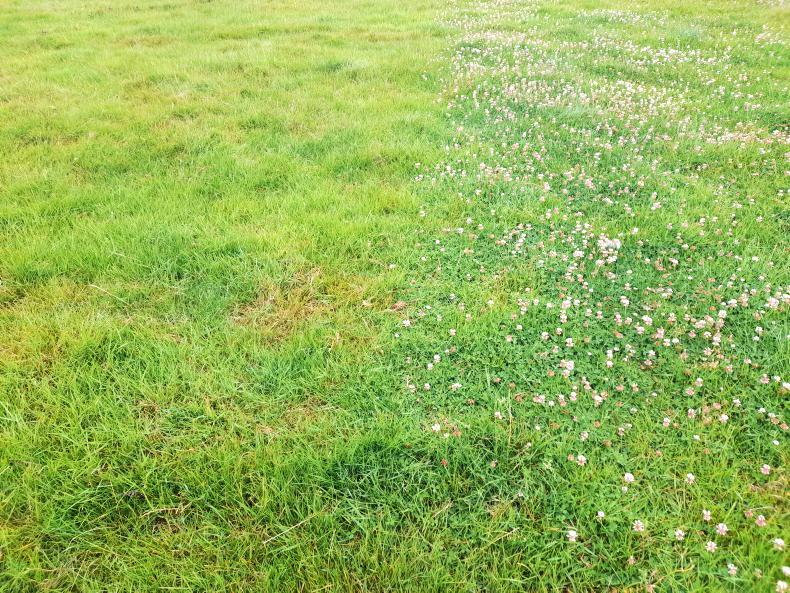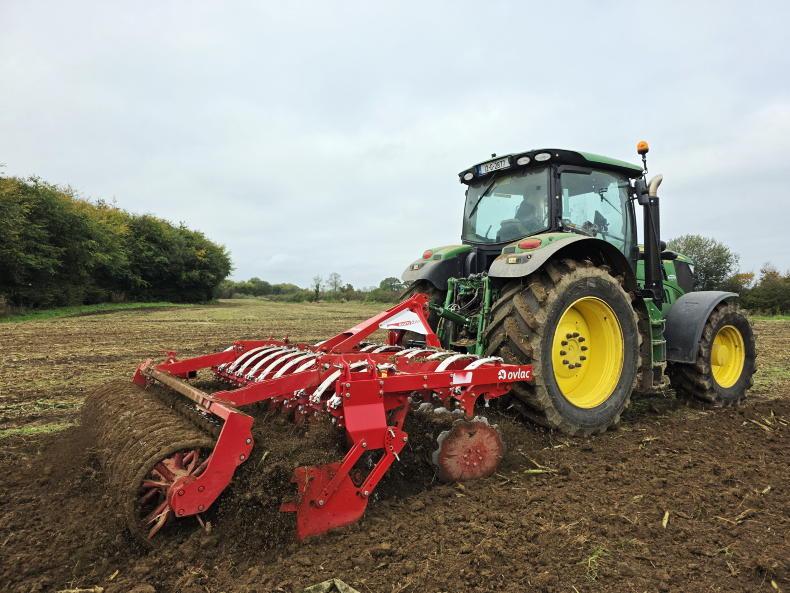After a torrid year in 2024, the early signs are that reseeding rates should be well up in 2025. With the main reseeding season just around the corner, everything is pointing to the fact that it should be a good season.
Some of these indicators include a great spring grazing season meaning farmers have a lot of the farm grazed and plenty of silage has been saved, land is dry and ready to be worked, milk and beef prices are high and farmers are optimistic about the future.
At the end of the day, reseeding is a brilliant investment by farmers as there is a guaranteed return from delivering higher yields of higher-quality pasture that is more responsive to applied chemical fertilisers.
This return is really obvious during periods of low-growth rates. Take last spring as an example.
During the cold and wet weather, it was the recently reseeded fields that performed the best.
We have lots of information on reseeding in this focus, including updates from the clover trial work at Ballyhaise in Cavan on pages 50 and 51. It’s fair to say that the results are exciting and the general take-away for me is that clover performance has been really good at Ballyhaise, which is not an easy site and is contrary to the general belief that clover doesn’t work on heavier soils.
Now, farmers in the area will rightly say that Ballyhaise is a good farm for the region and I accept that, but still and all it does show that clover cannot be ignored, even in the northern half of the country.
On pages 48 and 49 we carry a report on the new white and red clover varieties being developed by Teagasc and marketed by Goldcrop.
The results from Teagasc trials on red clover is also outlined here and what is obvious is that some red clover varieties are very poor with very poor persistency.
In the rush to get red clover established and make use of the government grants, some poor red clover varieties have been used.










SHARING OPTIONS